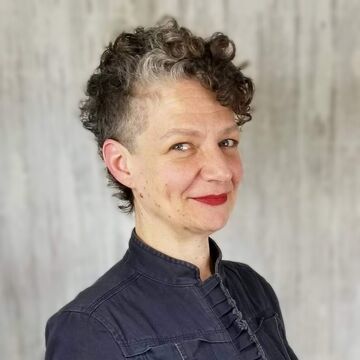

Rachel Herman
Lecturer
Contact
Bio
Education: BA, 1990, University of Michigan, Ann Arbor; MFA pursued, 2006, University of Chicago. Exhibitions: University Galleries, Illinois State University, Bloomington; Light Work, Syracuse, NY, Nelson-Atkins Museum of Art, Kansas City, MO; Hyde Park Art Center, Chicago; Links Hall, Chicago; Daniel Cooney Fine Art, New York; Humble Arts Foundation, New York; Photoville, New York; Dolphin Gallery, Kansas City, MO. Publications: Contact Sheet 155, LightWork. Bibliography: Gary Cannone: Forever Now; MIT Press; The New Yorker. Collections: Nelson-Atkins Museum of Art, Kansas City; Light Work. Awards: Individual Artists Program, DCASE, Chicago; Illinois Arts Council Professional Development Grant.